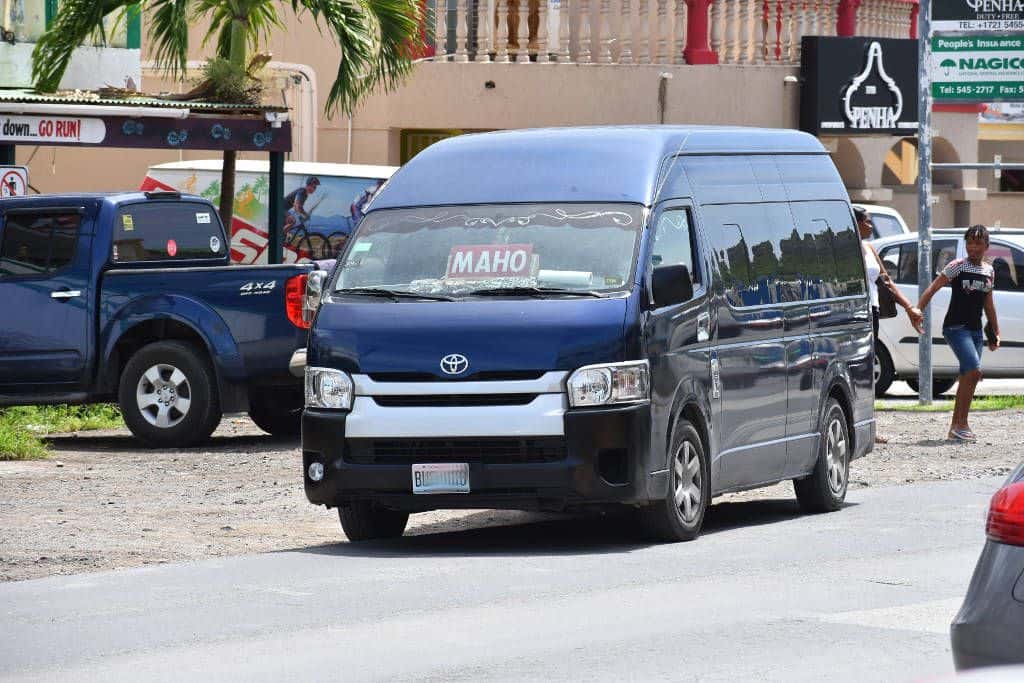Something curious happens when you live on a small island in the sea. For those that have moved from large countries; it is not uncommon to spend an hour commuting to work, or several hours driving to visit family on the weekend. But when you arrive on a 96-square kilometer (37 square miles) island, even a small trip can become inconceivable. Spend a few years here, and you will hear people start to cancel plans because they can’t make it ‘over the hill’. This phrase refers to the fact that to get from Cole Bay to Philipsburg, or vice versa, it has officially become a trek and heaps of people can’t be bothered to make the journey. We are talking about a seven kilometer (3.4 miles) trip.

To be fair, the traffic into town does make the journey a substantial one, but typically not one longer than you would travel to go to dinner in a big city. Even visitors to our island get comfortable near their lodging and miss out on all the amazing things the island has to offer in additional regions. If you find yourself getting trapped in your area, you are not alone. Luckily, you have an inexpensive and easy transportation option to explore some other areas of the island: riding the bus.
An amazing thing about St. Maarten/St-Martin is the reasonably priced and very common public transport. To those that are new to the island, it might be intimidating, but the bus system is a budget-friendly and straightforward way to get almost anywhere on the island. Once you know where you can travel to and some simple bus etiquette, traveling around our paradise becomes easier and less daunting.
How to Choose your Bus:
One reason the bus is scary for beginners is that they do not look like public transportation seen around the world. Change your expectation! On our island, the busses can be any brand of a multi-passenger van. Small, large, old, or new; the vans themselves can vary in countless ways, but there are a couple of identifying markers.
First, on the Dutch side, the license plate will say the word BUS and the vehicle’s license numbers. Along with this, you will see an identifying marker that states the driver’s route. Most commonly this will be a sign in the front window that indicates the start and end points the bus travels to. Some bus drivers that are members of the United Bus Association have their routes painted and color coded on the front of their vehicle to make them easier to distinguish.
Catching a Ride:
Now that you can identify the bus you need, getting on board is a simple process. Riders can be picked up anywhere, the only necessity is that there is room for the driver to stop and load safely. You can also look for the new bus stops that have sprung up around the island to wait in the shade but beware. Busses are not under obligation to stop at every one.
To get the bus to stop you need to wave them down as they near. Make sure you are standing on the correct side of the road for your destination and watch for a bus to approach. Some routes overlap, so make sure you have the correct one and simply put your hand up in the air and move back to give the driver room to pull over. If the bus is full or the driver is off duty, they might not stop. When you get on it is general bus etiquette to greet with, “Good Morning” “Good Afternoon” or
“Good Night”. In fact, this is excellent advice for any time you enter an establishment in St. Maarten.
Do not slam the door shut. Be courteous to other guests and no eating or drinking on the ride.
Drop Off and Payment:
Just like when you board you can be dropped off anywhere that the driver can stop safely. When you see your destination approaching tell the driver, “Stop for me please.” Have your bus fare ready and hand it to them on your way out the door. Make sure you carry small change for the ride, especially in the mornings when they might not be able to make change yet. Exact change is always preferred. Again do not slam the door.
Rates/Routes:
The routes around the island have set rates that are based on your pick up and drop off locations. During daytime hours rates from one town on the island to the next are $2/per person or less. You might have to take more than one bus to reach your destination. For example, to get to Grand Case from Philipsburg you would have to go from Philipsburg to Marigot ($2) and then Marigot to Grand Case ($2).
On the other hand, you might have to use a half route to get your destination. To get to Simpson Bay from Mullet Bay, you would take the Mullet Bay/Philipsburg Bus and then if you stop before the Simpson Bay Draw Bridge the cost would be ($1.50). The buses cover areas including Philipsburg, Marigot, St. Peters, French Quarter, Orient Bay, Grand Case, and several others.
Extra Info:
Busses generally start running early, before 7 AM, and take fares until approximately 8 PM. But the drivers make their own hours, so this varies. If you catch a very late bus the regulated rates increase after midnight.
Children under the age of three ride for free.
In general, if you are new to the bus system, some drivers or friendly riders can give you advice for getting around. Some drivers might take you farther than the end of their route for an extra fee, or tell you where to get off to find a certain location. Make sure to tip for those that go out of their way as the rates are so low they are always pressed for time and need to get the bus filled with passengers to earn their living.




